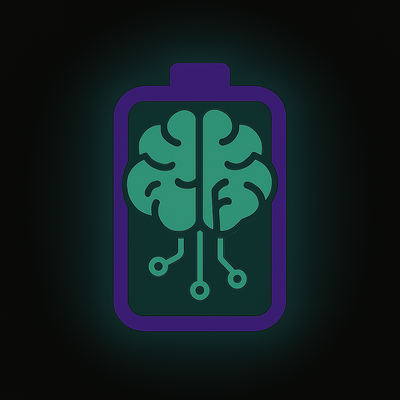What Does “Depth of Discharge” Mean and Why It’s So Important for Battery Life
If you’re using a deep-cycle battery whether it’s in your RV, boat, solar setup, or golf cart there’s one spec you really need to understand: Depth of Discharge (DoD).
It sounds technical, but it’s actually simple and knowing how to manage DoD can be the difference between your battery lasting 2 years or 6+ years.
Let’s break it down in plain English, and show how to use it to get the most out of your lead-acid battery.
What Is Depth of Discharge (DoD)?
Depth of Discharge is how much energy you’ve used from a battery, expressed as a percentage of its total capacity.
So if you have a 100Ah battery:
- Using 20Ah = 20% DoD (light discharge)
- Using 50Ah = 50% DoD (moderate)
- Draining the full 100Ah = 100% DoD (deep discharge)
The higher the number, the more you’ve drained it.
Why It Matters for Battery Life
Lead-acid batteries (Flooded, AGM, and Gel) don’t like to be fully discharged. In fact, the deeper the discharge, the fewer cycles you’ll get from the battery.
Here’s a rough example:
| Depth of Discharge | Cycle Life (approx.) |
| 20% DoD | 2000+ cycles |
| 50% DoD | ~1000 cycles |
| 80% DoD | ~500 cycles |
| 100% DoD | 200–300 cycles |
So if you’re running your battery all the way down to dead every time… it won’t last very long.
Flooded vs. AGM vs. Gel—How Deep Can You Discharge?
- Flooded Lead-Acid: Try to stay above 50% DoD (don’t go below ~12.2V)
- AGM: Can tolerate deeper discharges, but still best to limit to 50–60%
- Gel: Often rated for 60–80% DoD, but only if charged properly
- Lithium (LiFePO₄): Can regularly go to 90–100% DoD without much degradation (but that’s another article!)
How to Estimate DoD with Voltage
You can roughly estimate Depth of Discharge by checking the resting voltage of a 12V battery (after it’s been sitting for a few hours):
| Voltage | Approx. DoD |
| 12.7V | 0% (full) |
| 12.4V | 25% |
| 12.2V | 50% |
| 12.0V | 75% |
| 11.9V or less | 90–100% (very discharged) |
Tip: Use a voltmeter or battery monitor to keep an eye on this
So What’s the Ideal DoD?
If you want to maximize battery life, most battery pros recommend:
- Daily cycling down to 50% DoD
- Occasional deeper discharges are okay, but not regularly
- Recharge as soon as possible after use
Don’t Confuse DoD with State of Charge (SoC)
They’re two sides of the same coin:
- State of Charge (SoC) = How full the battery is
- Depth of Discharge (DoD) = How empty it is
So a battery at 70% SoC is at 30% DoD.
Tools to Help Manage Depth of Discharge
- Battery Monitors: Real-time tracking of voltage, SoC, DoD
- Smart Chargers: Help prevent over-discharging and maintain health
- Low Voltage Disconnects: Automatically shut off loads before damage
Final Thoughts
Depth of Discharge isn’t just a technical number it’s one of the biggest factors in how long your battery will last.
If you stay on top of it, you’ll save money, reduce breakdowns, and avoid replacing your battery every year.
So remember:
- Don’t drain it to zero
- Recharge early and often
- Use a monitor or voltmeter
- Aim for 50% DoD or less when possible
Treat your battery like an investment because it is.

